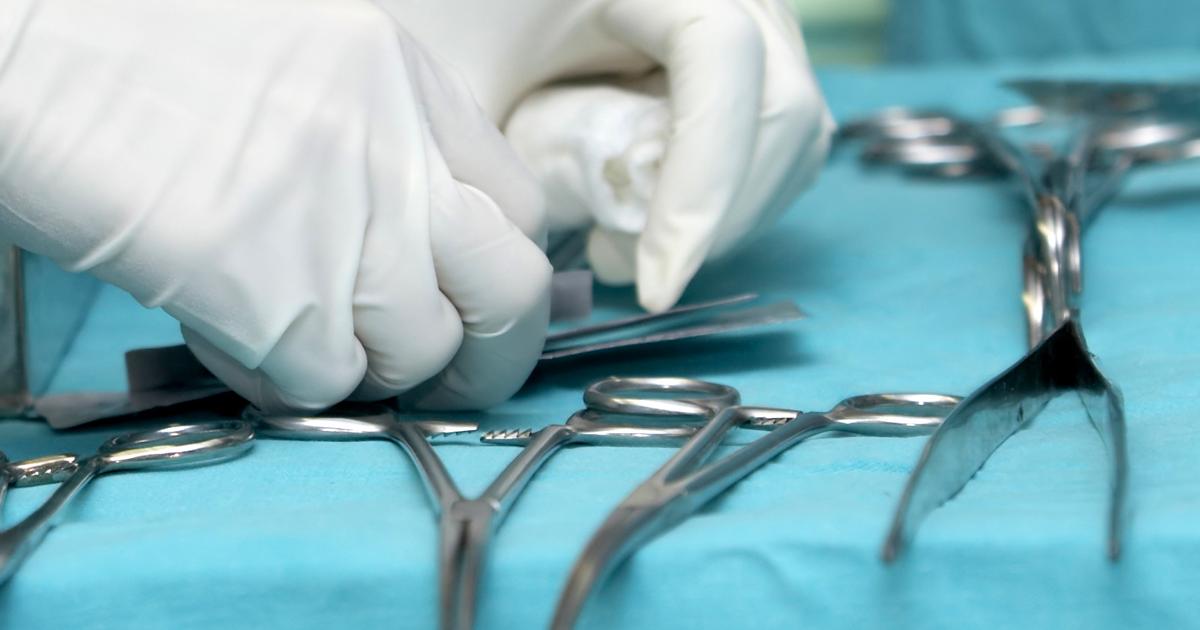How To Treat Acromegaly
Acromegaly is a condition in which the body produces excessive amounts of growth hormones. While the condition most commonly develops during middle age, it can occur in children. The symptoms of acromegaly typically develop over several years, and they can be very subtle. For example, patients might notice their ring or shoe size has increased, and their facial features may enlarge. Some patients also have an enlargement of the internal organs, including the heart. Severe snoring could develop if the airway becomes enlarged, and the voice might deepen or take on a husky quality if the sinuses or vocal cords expand in size. To diagnose acromegaly, doctors typically perform a growth hormone suppression test, and patients will need to have blood tests to measure their levels of IGF-1 and growth hormone. MRI scans might be suggested to look for tumors on the pituitary gland.
The treatment methods described below are often recommended for acromegaly.
Medication
Several types of medication may be used in the treatment of acromegaly. Doctors often prescribe somatostatin analogues such as lanreotide or octreotide to reduce the secretion of excess growth hormones. These medications are typically given as a monthly injection by a healthcare provider. Drugs known as growth hormone antagonists, including pegvisomant, can be taken to block the effects of growth hormones on the body. These drugs are usually taken as daily injections at home, and they are often recommended for patients who have not responded to other medicines. While pegvisomant helps normalize levels of IGF-1 and improve symptom management, the medication does not reduce growth hormone levels, and it cannot shrink any tumors that may be present. Some patients with acromegaly might be able to take oral medicines instead of injections. For example, cabergoline is an oral medication known as a dopamine agonist. Patients who take this medicine could experience a decrease in tumor size, and the medicine can also decrease levels of both IGF-1 and growth hormone. Some patients who use dopamine agonists have developed compulsive behaviors during use, including gambling. Patients may want to discuss this potential side effect with their healthcare team.
Continue reading to learn more about treating acromegaly now.
Surgery

Surgery is necessary for patients who have tumors associated with acromegaly. For tumors on the pituitary gland, surgeons typically use a transsphenoidal method for removal, which removes the tumor through the patient's nose. One of the most common types of transsphenoidal surgeries is an endoscopic transnasal transsphenoidal operation. The operation involves inserting surgical instruments through the nostril and along the nasal septum to reach the pituitary gland. The procedure is typically performed by a team that includes a neurosurgeon and an ear, nose, and throat specialist. It is often completed as an inpatient surgery, and requires general anesthesia. After the operation, patients will usually stay in the hospital for one to two days, and symptoms such as nausea, headache, and nasal congestion may be present. Patients should not drive for at least two weeks after the operation, and they should avoid blowing the nose, coughing, sneezing, or drinking with a straw for four weeks after the surgery. Individuals who have had this operation should let their doctor know if they develop a fever above 101 degrees Fahrenheit or if they experience uncontrolled nosebleeds, continual postnasal drip, or breathing difficulties.
Learn more about how to treat acromegaly now.
